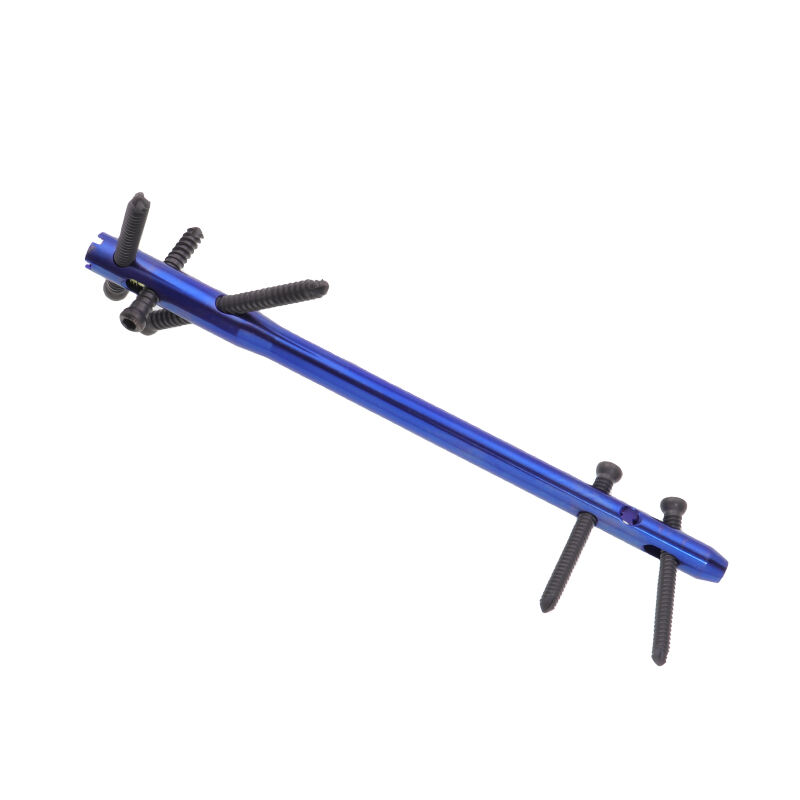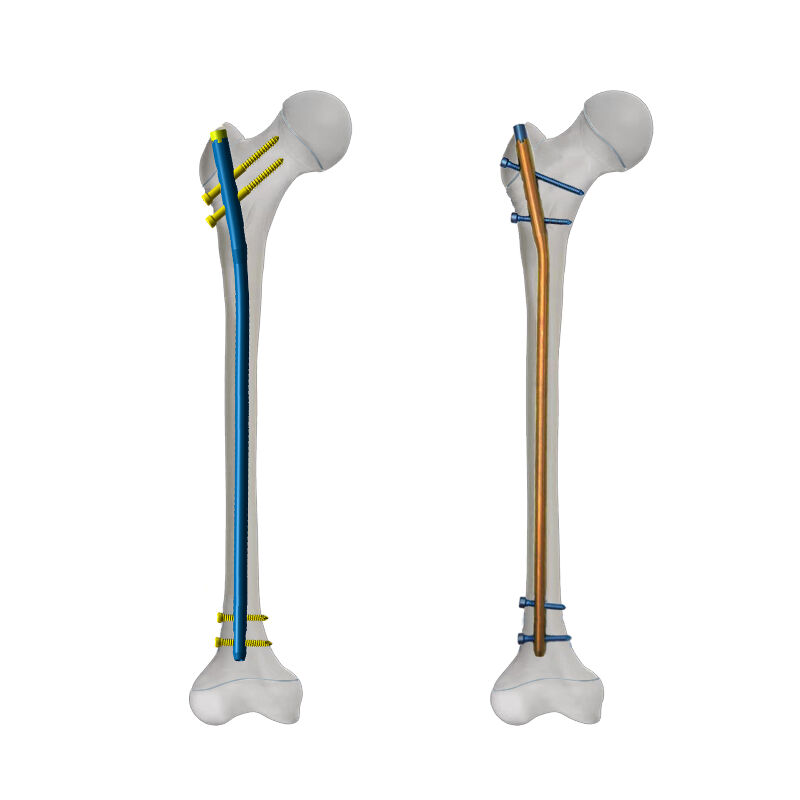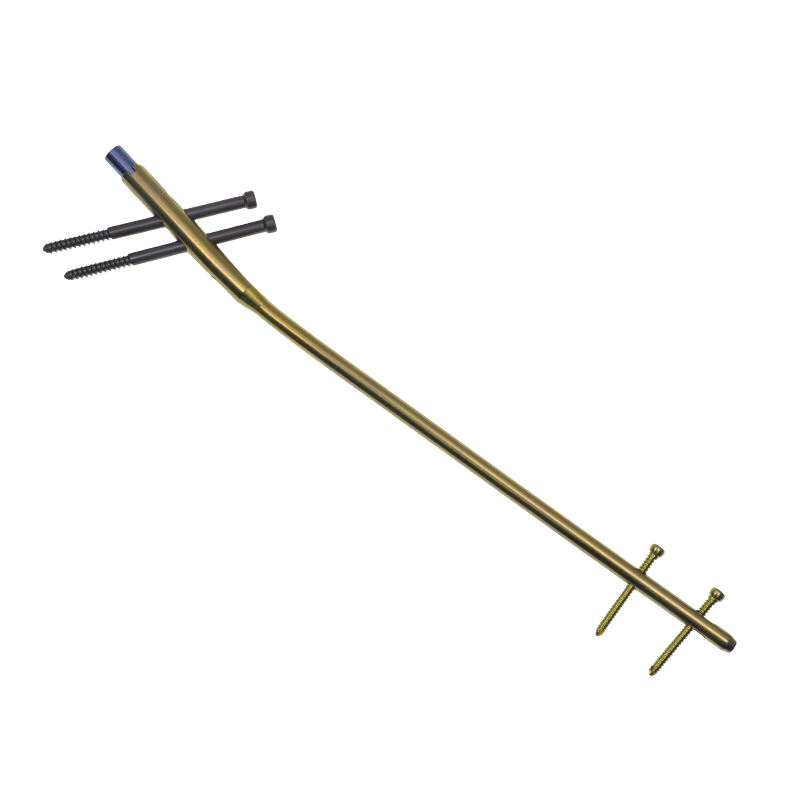medullary nail
A medullary nail, also known as an intramedullary nail, is a sophisticated orthopedic device designed to stabilize and support fractured bones during the healing process. This advanced surgical implant is inserted into the medullary cavity of long bones, primarily used in treating fractures of the femur, tibia, and humerus. The nail's innovative design features a cylindrical metal rod manufactured from biocompatible materials, typically titanium or stainless steel, ensuring optimal compatibility with the human body. The device incorporates carefully positioned holes at both ends, allowing for the insertion of locking screws that prevent rotational movement and maintain proper bone alignment. Modern medullary nails often feature specialized coatings that enhance osseointegration and reduce the risk of infection. The implant's streamlined profile and anatomically-conscious design enable minimally invasive surgical procedures, resulting in smaller incisions and reduced soft tissue trauma. This revolutionary fixation method has transformed fracture treatment by providing immediate stability, allowing for early mobilization, and promoting efficient bone healing through controlled micromotion at the fracture site.


